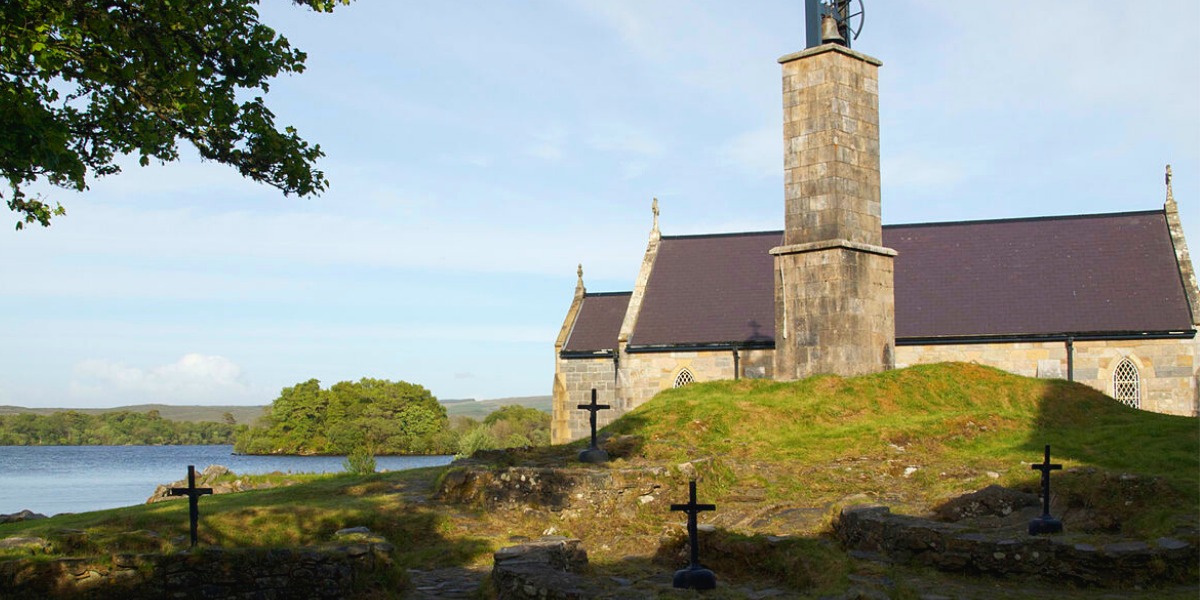
May the road rise to meet you,
may the wind be always at your back,
may the sun shine warm upon your face,
and the rains fall soft upon your fields and,
until we meet again, may God hold you in the palm of His hand.
Irish journey blessing
This is the Irish journey blessing, written by St Patrick, Irish Bishop, who travelled extensively as a Missionary and Evangelizer.
To him we owe the spread of Christianity in Ireland, although inspired by Celtic paganism.
Patrick, born with the name of Maewyn Succat, is an emblematic figure for Ireland and for Christians all over the world: in fact, he is responsible for the spread of Christianity, inspired by Celtic paganism, in the British Isles.
In order to preserve the Irish traditions, Patrick combined pagan and Christian elements giving birth to Celtic Christianity.
Many legends are linked to his name, one of the most famous of which is the Purgatory of St. Patrick, also known as the Bottomless Well.

In the fifth century, during the evangelization of Ireland, Patrick prayed to God for help: the Irish refused to believe his preaching, in the absence of concrete proof.
It was on that occasion that God showed him a cave, the entrance to Purgatory.
Unbelievers could have descended into Purgatory to see with their own eyes the pains of hell and the joys of paradise.
In the place of the cave it seems that around the 5th century a monastery inhabited by anchorites was built.
The remains of the monastery can be seen on Station Island in the Irish county of Donegal.
Rites and penances were performed before entering the cave as numerous writings from the Middle Ages narrate.
The deeds of knights, nobles and religious who ventured into the cave in the following centuries are numerous, such as those of the knight Owain, Malatesta da Rimini known as the Ungaro, George Grissaphan knight in the army of Louis of Hungary, the Viscount of Perelhos chamberlain of the king of France, the vassal of Count William VI of Holland, visited the island in 1399. Throughout the Middle Ages, tales, chronicles and journals report tales of the pilgrimage.
On 17 March 1497 Pope Alexander VI ordered the closure of the cave, later reopened and finally closed in 1780. In 1632 the adjacent monastery was dismissed and many testimonies enclosed in the abbey were lost. Today the cave is occluded but recent studies suggest the existence of an ancient structure similar to a sauna used to purify the body (purgatorium).
In Orvieto there is a masterpiece of engineering that takes its name from the Purgatory of St. Patrick. Built by Antonio da Sangallo the young man in the 16th century at the behest of Pope Clement VII as a shelter in case of calamity, the deep well, previously known as the Pozzo della Rocca.
In the nineteenth century it took the name of Purgatory or Well of Saint Patrick at the behest of the friars of the Servi convent who knew the legend of the Irish Saint: the depth of the well reminded them of the deep cave of the saint.